In the world of education and credential verification, understanding the nuances between various documents is crucial. Two terms often encountered are Medium of Instruction (MOI) and Transcript Authenticity. Though they might seem similar at first glance, these concepts serve different purposes. This guide will walk you through the key differences to provide clarity.
1. Understanding Medium of Instruction
The Medium of Instruction (MOI) refers to the language in which the curriculum is delivered. It’s a pivotal document in proving language proficiency, especially when applying to universities in a region where the primary language differs from your own. For instance, if you’re planning to study in an English-speaking country, an MOI certificate can serve as an alternative to standardized tests like IELTS or TOEFL, provided it is accepted by your chosen institution.
Furthermore, the MOI certificate is not just a piece of paper—it tests your ability to engage with your coursework in the language specified. This language proficiency is essential not only in academic settings but also in professional environments where communication plays a critical role. The availability of English in Indian educational settings is increasing, easing the path for many students aiming for global education without additional language barriers.
2. Decoding Transcript Authenticity
Transcript Authenticity is all about confirming that your academic records are genuine and unaltered. This process ensures that the document truly reflects your academic achievements, safeguarded by official seals and sometimes verified by third-party services. Verification not only protects students from identity fraud but also shields institutions from reputational damage that might arise if they admit or hire individuals with forged credentials.
In the digital age, safeguarding transcript authenticity has become more streamlined with many institutions facilitating digital transcripts. This shift towards electronic verification reduces processing time, making it easier and quicker to handle academic document authentication, thus ensuring that candidates can move forward with their academic or professional pursuits without unnecessary delays.
3. Purpose and Usage
MOI serves a distinct purpose chiefly tied to linguistic proficiency, a key requirement for applicants to foreign education systems where the primary instructional language differs from their native tongue. It stands as an assurance to educational institutions of the applicant’s readiness to engage fluently in the institution’s predominant language of instruction.
Contrarily, transcript authenticity plays a pivotal role in validating academic achievements. Employers and academic institutions often rely on authenticated transcripts to assess a candidate’s qualifications accurately. This document verification is a crucial aspect, especially in fields requiring precise calibration of a candidate’s skill set against the job or academic curriculum criteria.
4. Documentation Process
Securing an MOI certificate typically involves submitting a formal request to the educational institution where you completed your studies. Depending on the institution, the process may involve verifying your academic records and providing additional identification to expedite your request. The institution’s registrar or an equivalent authority is usually responsible for issuing the certificate.
On the flip side, the process of ensuring transcript authenticity is more rigorous. It involves safeguarding institutional seals and sometimes requires third-party verification for added credibility. These measures are essential to confirm that the academic records presented are truly reflective of the individual’s accomplishments.
5. Relevance in Higher Education
In the context of higher education, especially when crossing borders for study, MOI can be more than a ticket to bypassing language tests. It reassures the university that linguistic barriers will not intercept learning. This is especially pertinent for students from countries where the educational outcome heavily relies on English as the medium, simplifying admission processes and broadening educational opportunities.
For the academic aspirant, authentic transcripts serve as credentials attesting to the legitimacy of previously acquired qualifications, a non-negotiable in the highly competitive arenas of university admissions and scholarship acquisitions. They provide the trust that institutions need to make informed decisions about the applicant’s readiness and fit for the chosen program.
6. Impact on Career Opportunities
On the career front, MOI certificates can bolster your profile by showcasing your language capabilities. This can be the deciding factor for companies in English-speaking countries or regions, helping differentiate you from other candidates. In some industries, especially those that emphasize multilingual capabilities, presenting an MOI can serve as an added advantage when seeking international employment opportunities.
Authentic transcripts, however, wield significant influence in the job market. They validate not only your educational history but also the calibre of your academic experience. Employers often view these documents as crucial evidence of a candidate’s readiness to contribute meaningfully within their organization, particularly for roles demanding specific educational backgrounds.
7. Global Recognition
Globally, MOI certificates might aid in recognizing your ability to cope in a new linguistic environment. However, their acceptance varies, and they might often be supplemented by transcripts for comprehensive credential evaluation.
Authentic transcripts hold universal significance. Whether pursuing higher education or career opportunities, these documents are indispensable in verifying your academic qualifications. They ensure that your educational achievements are acknowledged and respected across various regional and international standards.
8. Challenges in Verification
Both MOI and transcript authenticity face verification challenges. Institutions may encounter delays in paperwork or discrepancies that can slow down the application process. However, transcripts often face more scrutiny due to their paramount importance in academic assessments and career advancements. Each layer of verification is critical to maintaining the integrity and trustworthiness of the educational document system.
To navigate these challenges effectively, institutions often enhance their systems with digital solutions, facilitating swift and secure credential processing. Leveraging reliable services like World Document Services can streamline the process, ensuring that your educational journey is documented and recognized accurately and efficiently.







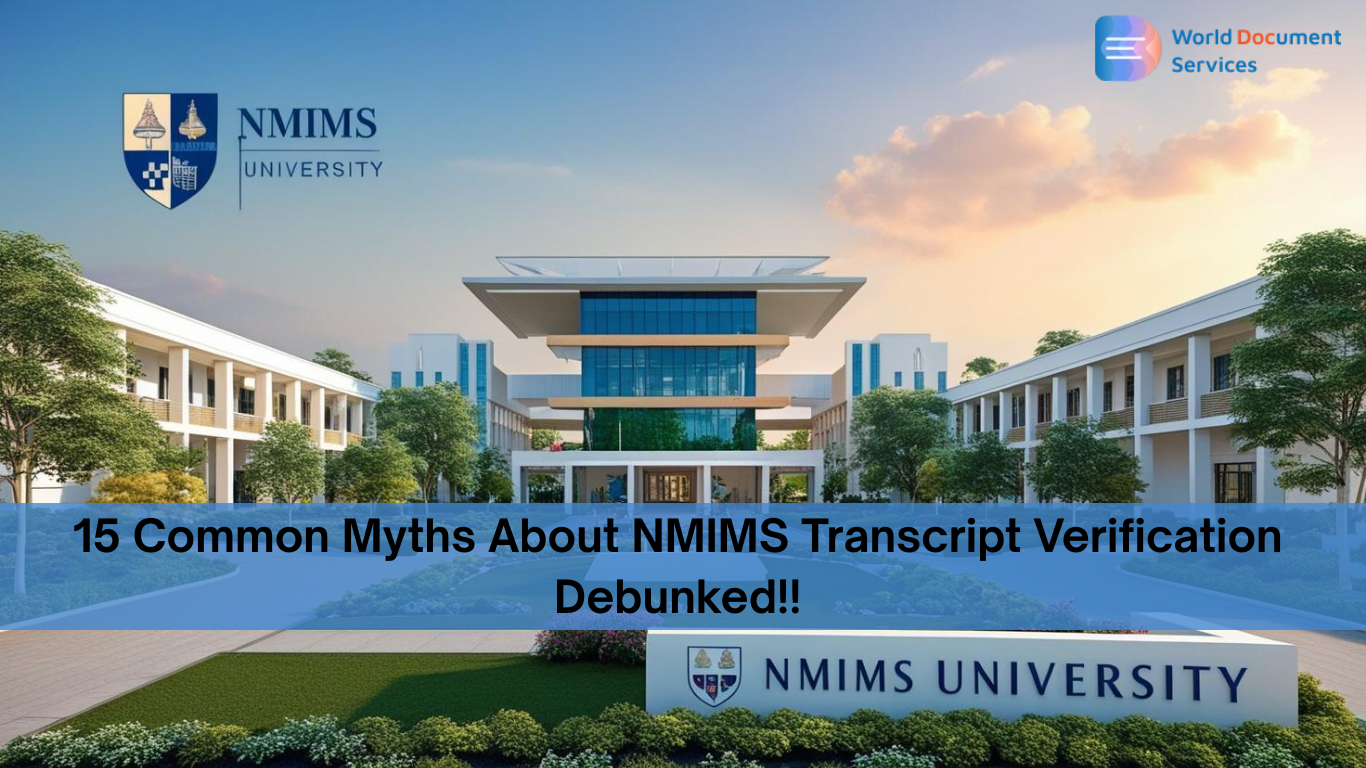
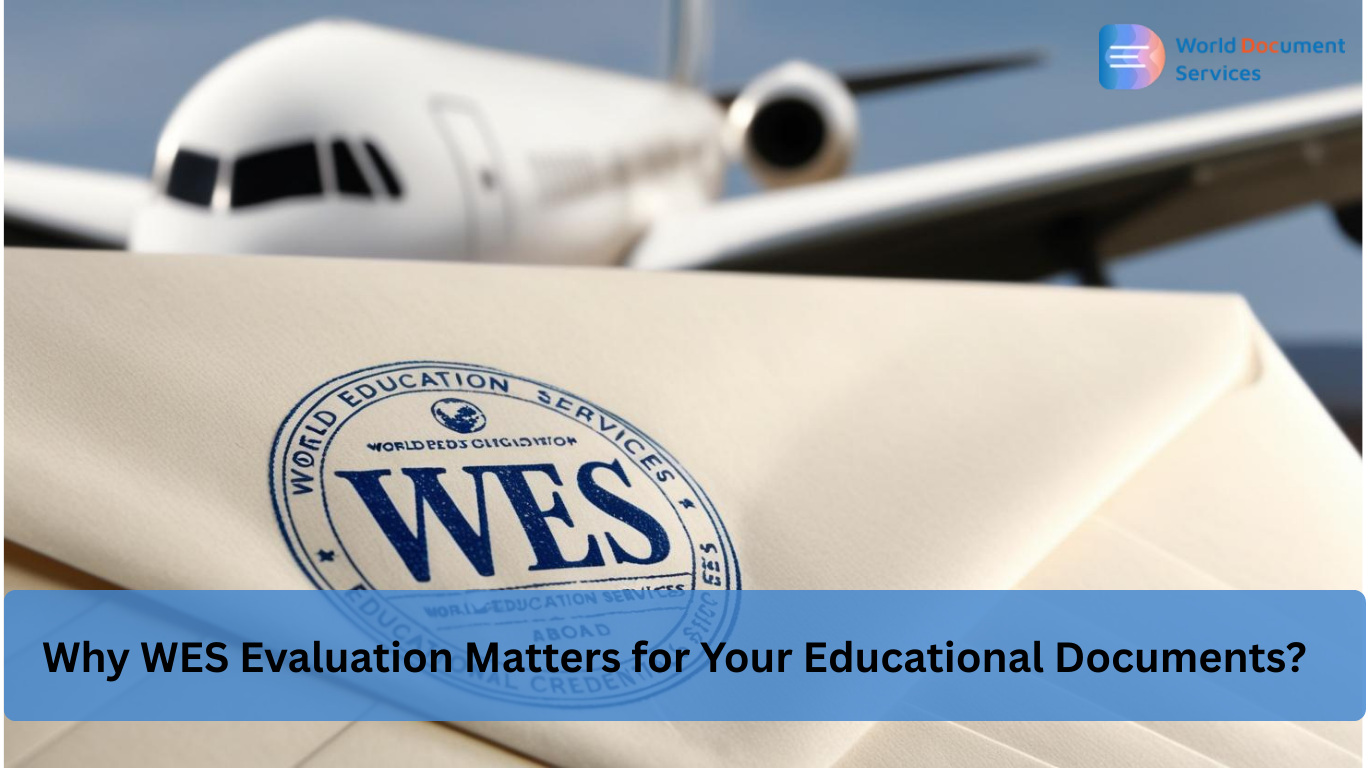
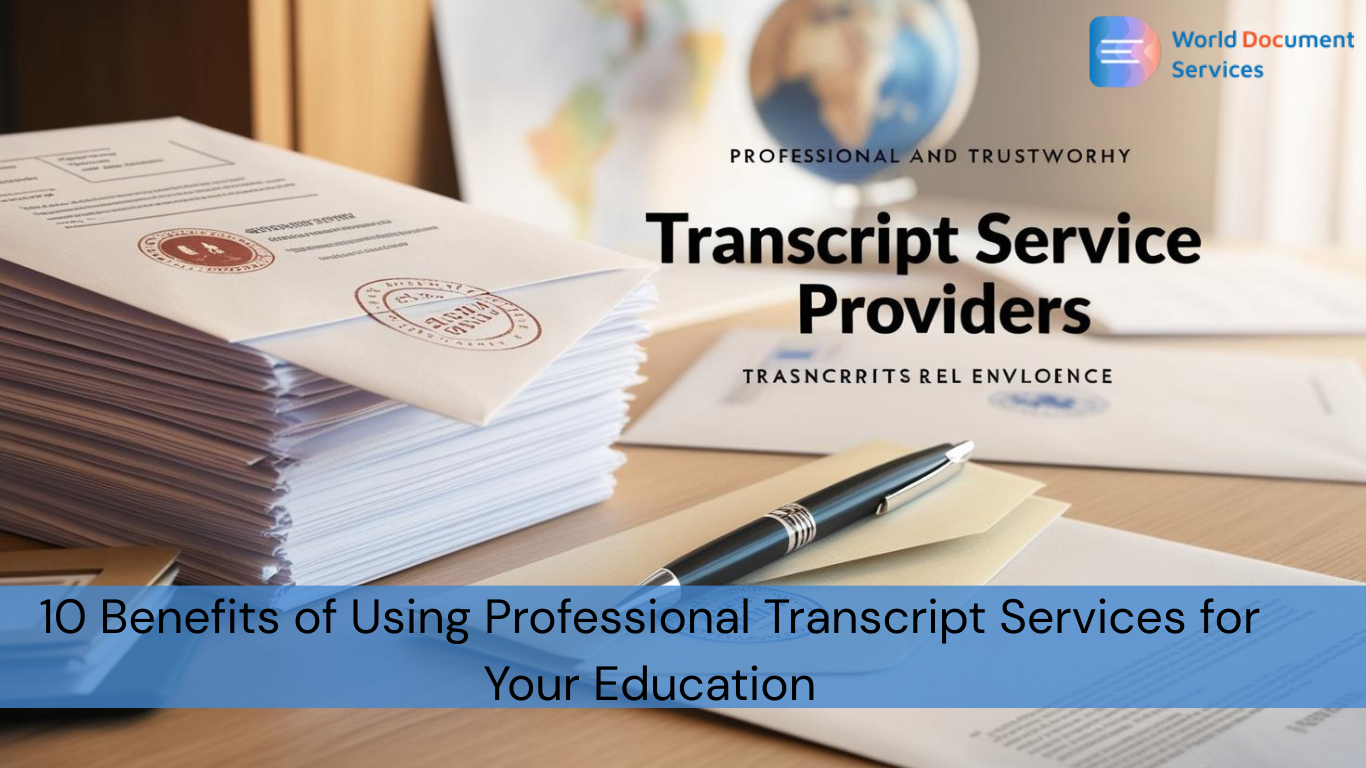
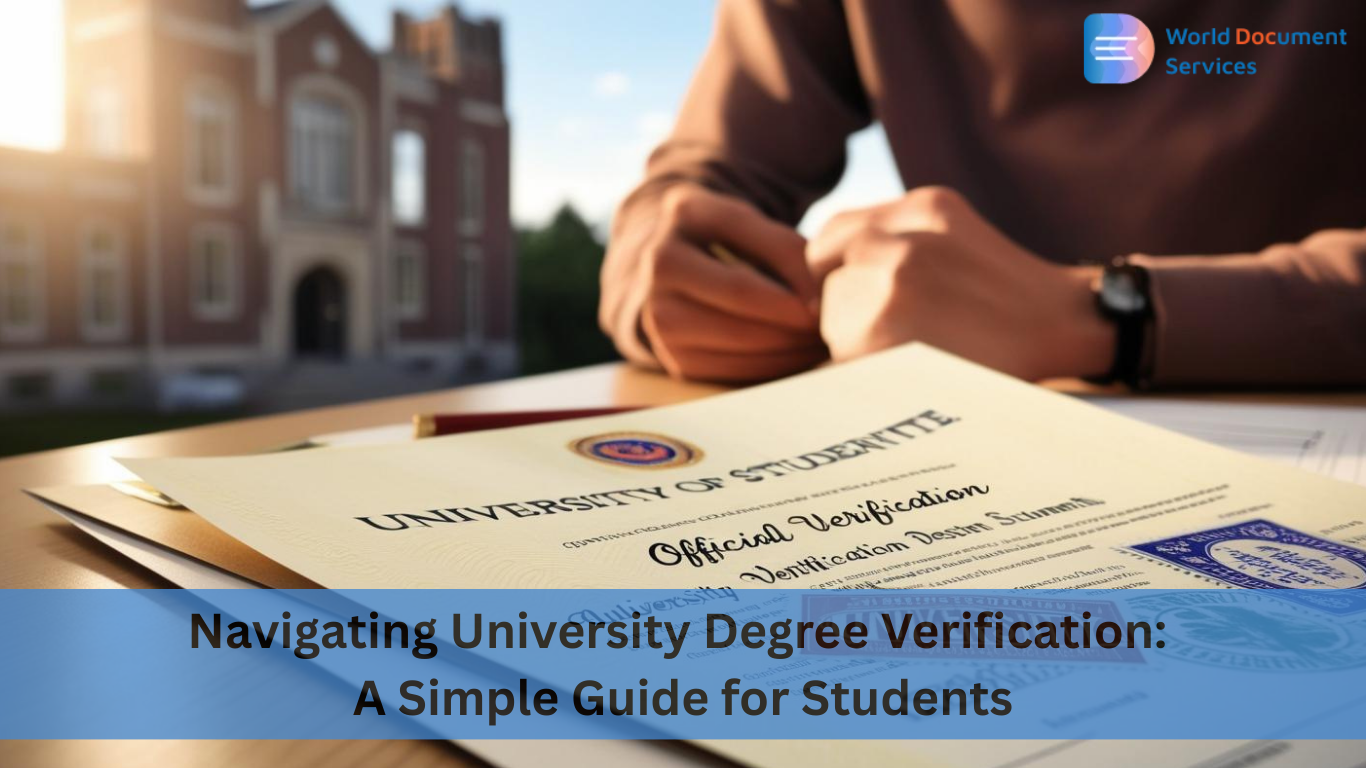
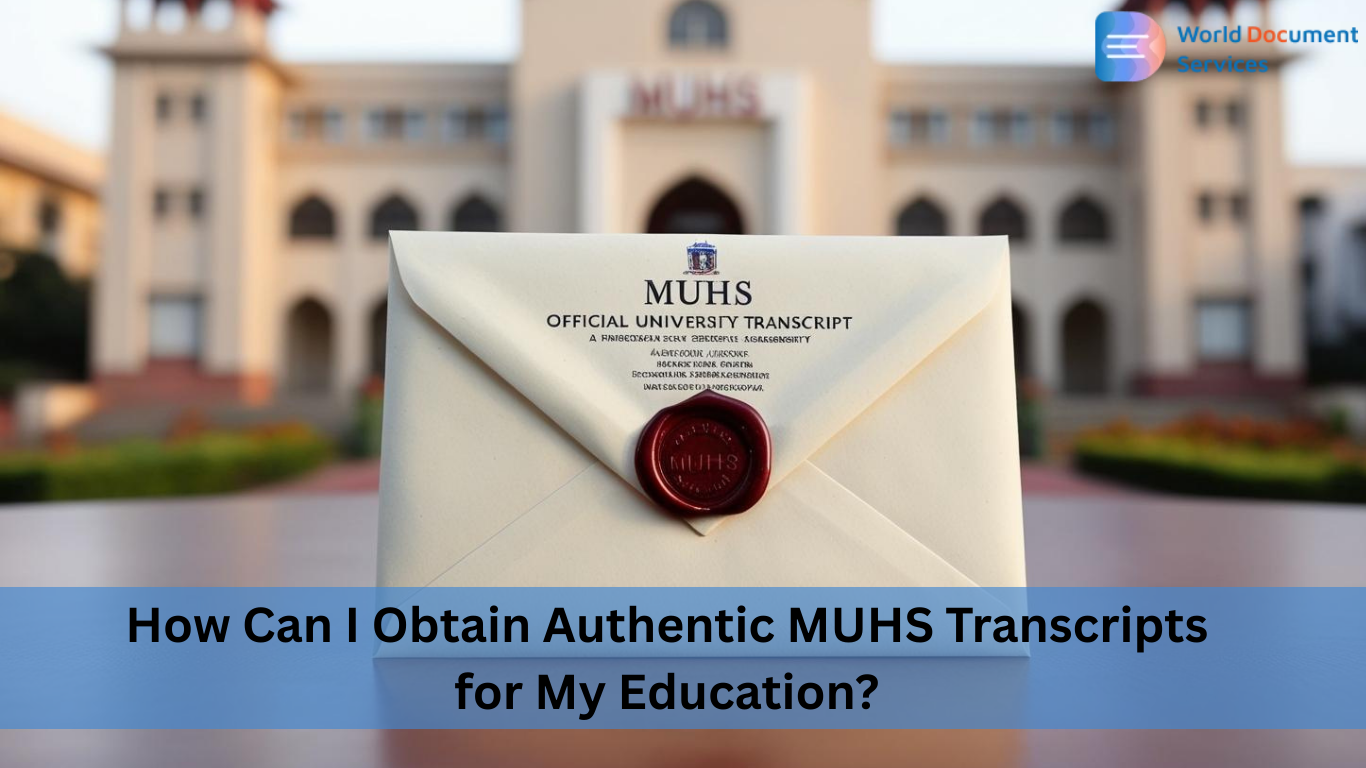
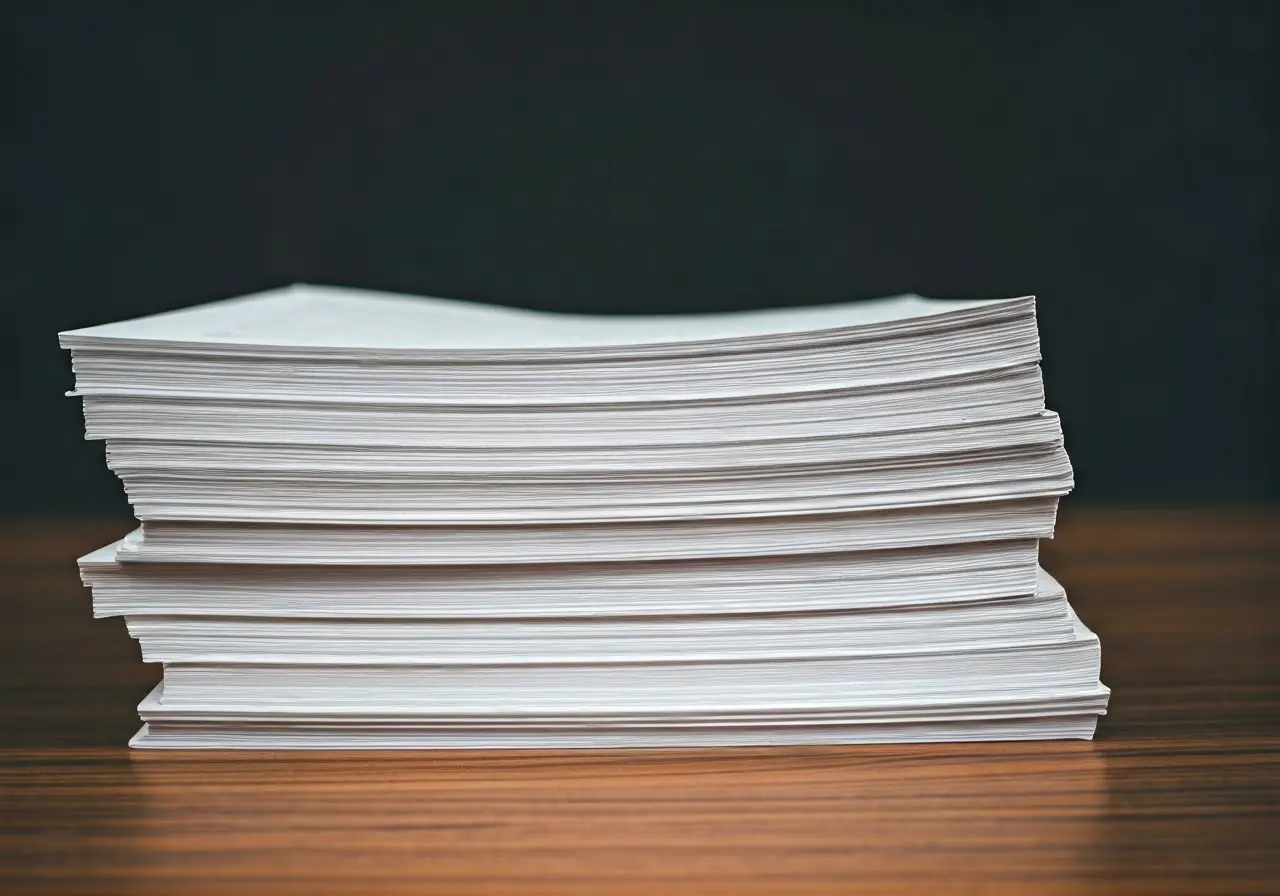

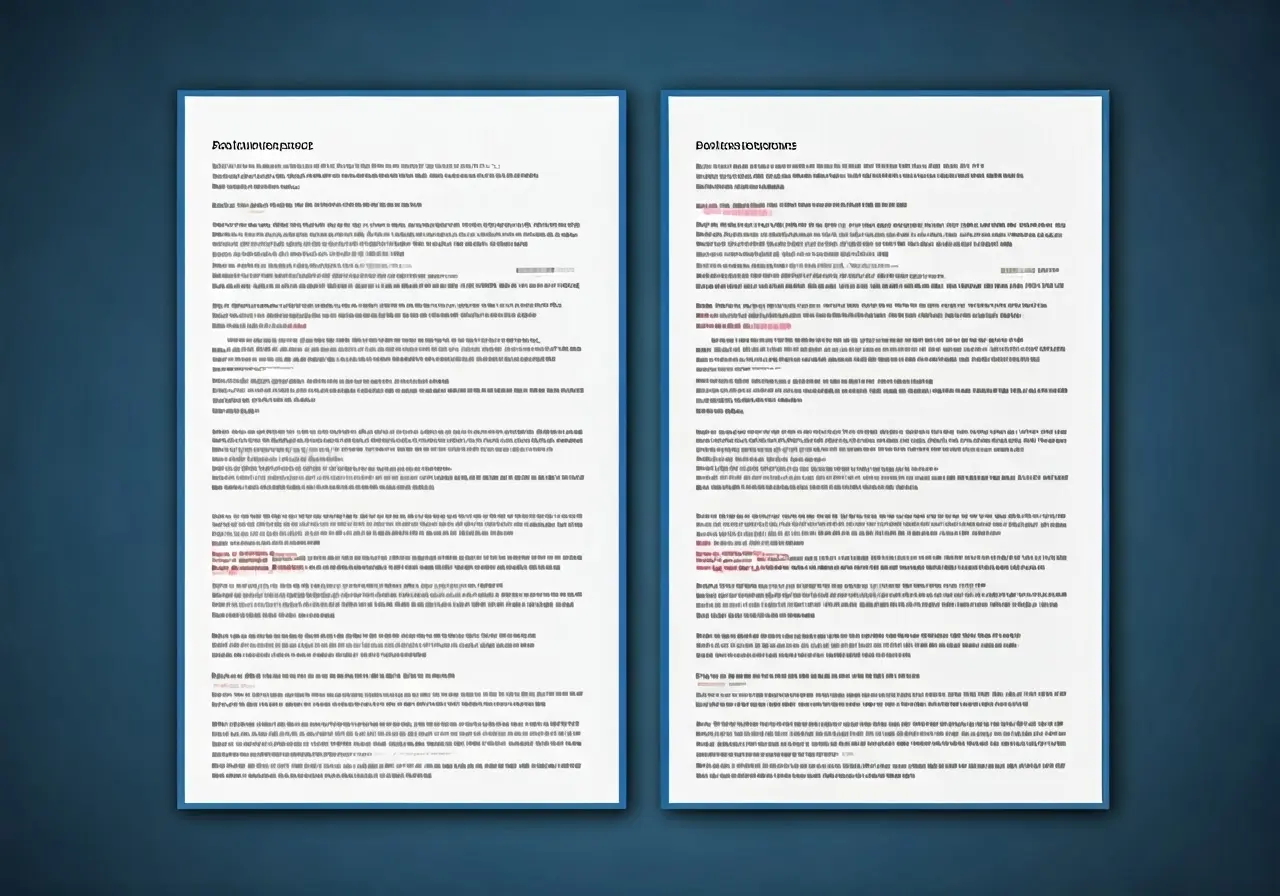

 Call Us
Call Us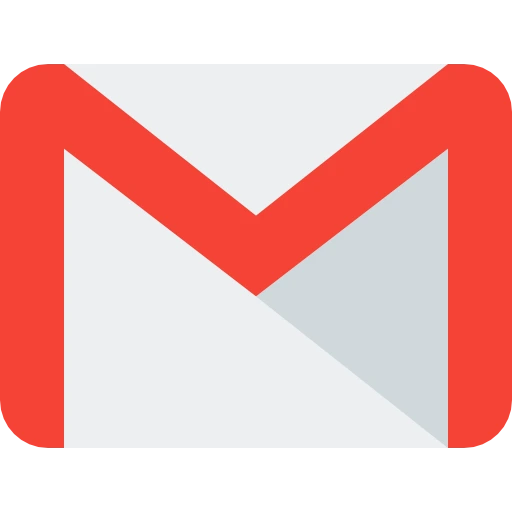 Mail Us
Mail Us WhatsApp
WhatsApp
